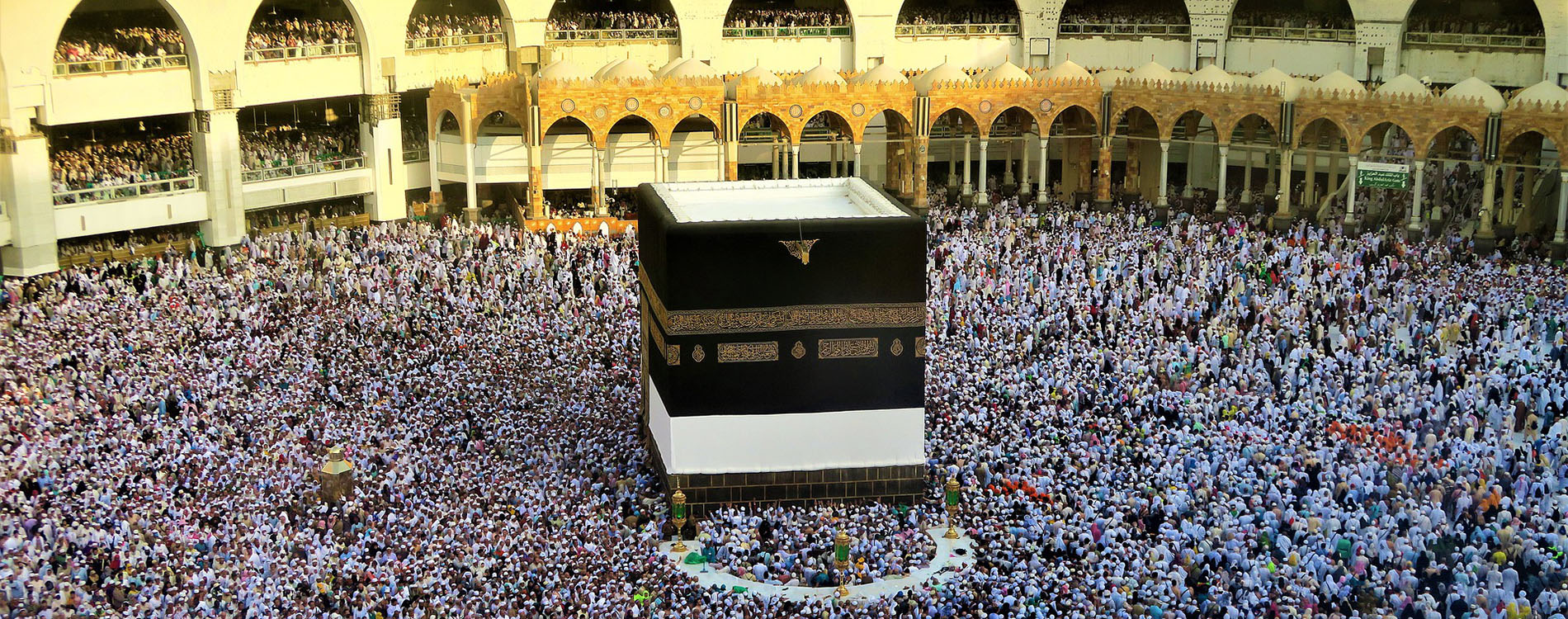After Muhammad’s death, the most important developments in the development of Islam are along two lines: 1) the struggle for continuity 2) the spread of Islam.
- After Muhammad’s death the struggle for succession in the Ummah began because the founder of Islam did not clearly and unequivocally designate his successor. Most Muslims saw the caliphs, that is, essentially elected secular rulers, as the head of the Islamic world. The first four (“righteous”) caliphs were Abu Bakr, Umar, Uthman (Osman), and Ali. In 661 Caliph Ali was assassinated and the Umayyad dynasty came to power. This event was decisive in the debate about supreme power and led to a split of Muslims into a majority of Sunnis (“followers of the Sunna”) and a minority of Shiites (“adherents”, “party”). The Shiites asserted the Imamate (authority of the Imam) as the institution of supreme power.
During the reign of Caliph Ali, another trend in Islam emerged – Kharijism (“the ones who came forward”, “the ones who left”). Kharijism is a religious and political movement of a predominantly radical nature. It emerged after the arbitration to resolve the issue of rendition of Osman’s killers. Many of Ali’s warriors left him and declared enemies of both Ali and Muawiya (the fifth caliph) and began active subversive and military actions against them. At the end of the seventh century, many currents formed among the Kharijites after the split. The number of Kharijites at the end of the XX century, according to various estimates, was from 1 to 3 million people. Kharijism predominantly prevails in Oman, where it is represented by a group of Ibadis who have lost their active intolerance for non-Harijis.
Thus, the differences between the main currents in Islam are actually confined to questions of law enforcement rather than dogma. Islam is considered to be the single religion of all Muslims, but there are a number of disagreements between representatives of Islamic currents. There are also considerable discrepancies in the principles of legal decisions, the nature of holidays, and attitudes toward non-Muslims.
Sufism, which originated in the second half of the 8th century on the basis of the experience of mystics (al-Ghazali holds a special place among currents of Islam) (there are various etymological variants, for example, “safa” – purity, “ahl as-suffa” – people of the canopy, “sofia” – wisdom, “suf” – wool, etc.). Sufism represents a particular, largely mystical-ascetic practice of anthropological transformation in Islam. Sufism emphasizes the idea of a path (“tarikat”) to Allah. Sufism relies on the concept of individual attainment of human connection with God, but in practice it often implies the existence of organizations (tariqats, orders) whose leaders (murshids who directly teach murids, i.e. students) have spiritual succession from teachers of antiquity.
The features of Sufism are the preaching of poverty, the assertion of the ghosthood of the world around, hermitage, silent prayer, trust in the will of God, and an allegorical interpretation of the Koran. There were four main stages on the Sufi path: Shariah (rigorous adherence to Islam), Tariqat (obedience to the Sheikh), Mirafat (knowing God with the heart and not the mind) and Hakikat (full cognition of the truth).
In the 12th-13th centuries, numerous tariqats transformed Sufism into a significant element of Muslim society. In the modern world, the influence of Sufi tariqats has been considerably weakened. Nevertheless, Sufi sheikhs still wield authority, especially in North Africa, Central Asia, Pakistan, India and the North Caucasus.
In a number of countries Sufism forms a dominant part of the Islamic tradition, but in other countries or circles its attitude can be ambiguous. Sufi orders and traditions may differ markedly.
- After Muhammad’s death, Islam spread beyond the Arabian Peninsula with the highest intensity. The result was the Arab Caliphate, an Islamic state that was a vast and powerful empire that lasted from 635 to 1258. The Caliphate period is considered a golden age in the history of Islam because it was associated with the flowering of science, philosophy, art and Islamic statehood itself. At its decline, the empire fell into decline, primarily because of internal strife. As a result, the caliphate disintegrated into many states. Subsequently, there were many attempts to create Islamic states. For example, in the post-Arab period (XIV-XVI centuries) the Islamization of the Golden Horde was carried out; in India, there was the Mughal Empire (1556-1858). At the present stage, there are also ideas and attempts to build Islamic states.
